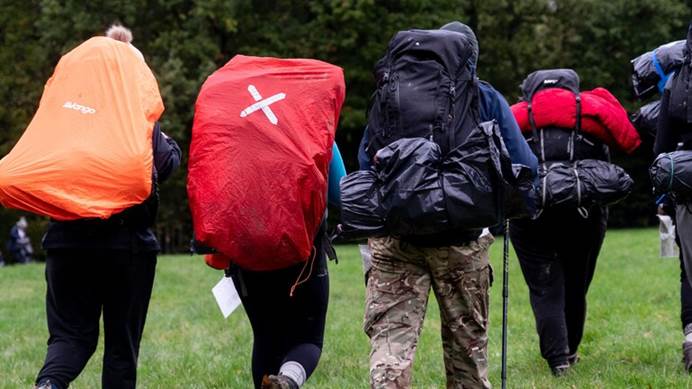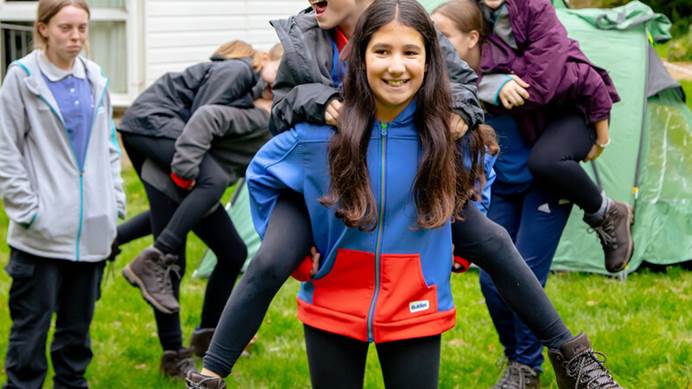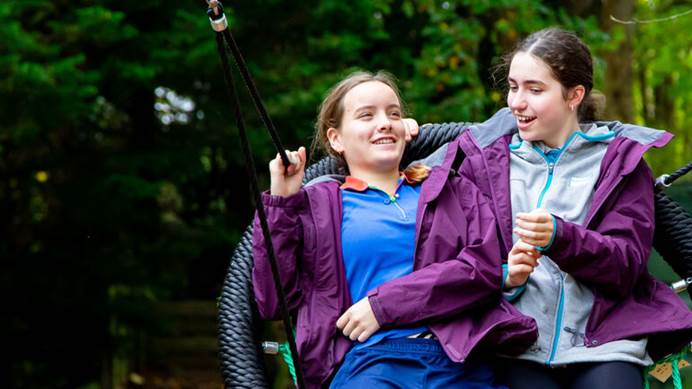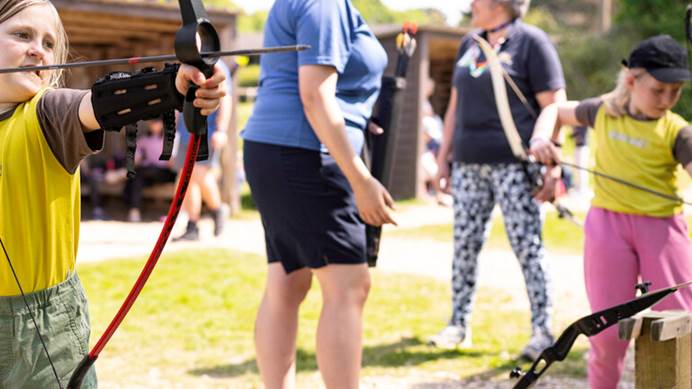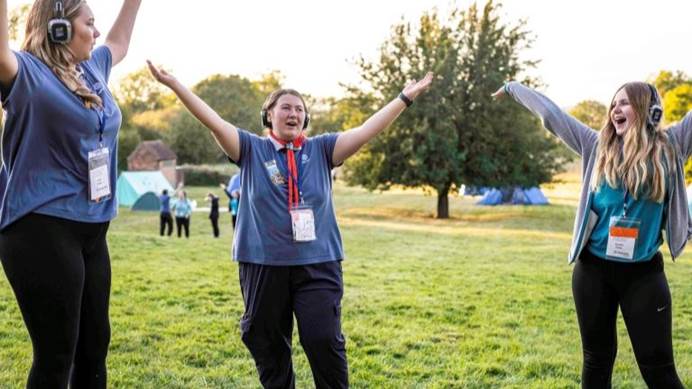Choosing the right venue
How to choose an appropriate venue and manage requirements for running your large scale event
This guidance is part of our toolkit for running large-scale events.
The venue you choose will impact everything from your event’s accessibility and capacity to licensing and logistics.
So it’s important to carefully consider the following factors.
Making events accessible
Use Scope’s accessibility guidance (link opens in new tab) to assess accessibility throughout your planning. When you’re advertising your event, clearly communicate key details like:
- Whether the venue is fully accessible.
- Wheelchair access and step-free routes.
- Availability of lifts.
- Availability of hearing loops and other communication aids.
- Quiet spaces or other designated areas.
You could include an accessibility statement in your event invitation, for example: 'We'll do our best to meet your needs so you can take part fully. Let us know if you have any dietary needs or special requirements such as a private room, hearing loops or wheelchair access.'
Make sure the person handling requests is prepared to respond appropriately.
By considering people’s needs early, you can help make sure everyone can take part fully in your event.
See our page on adjustments for disabled members for more information.
Capacity and licensing requirements
The capacity of your venue will limit the number of people who can attend your event. Bear in mind your venue may have specific capacity limits for people with different adjustment plans.
All indoor venues should have capacity limits defined in their fire risk assessments. This may cover the whole venue or may be for each room.
External licensing requirements
Larger venues with a capacity of over 1,000 for sporting events, or over 500 for recorded or live music events, plays or dance, are likely to have licensing requirements. These may define the capacity for individual rooms or areas of the building as well as the overall building. Find out more about entertainment licensing on the gov.uk website (link opens in new tab).
The larger the event, the more controls the local authority will place on the venue. Your venue should work with you to make sure you comply with these requirements. This could involve them/you writing specific event management plans to share with the council. You may work with your local authority’s safety advisory group (SAG). Find out more about safety advisory groups on the Health and Safety Executive’s website (link opens in new tab).
As venue managers hold the licence, compliance is their responsibility, not yours. They may liaise with you, but they have full responsibility for the building, fire safety, transport management, first aid and security.
It’s really important that you have confidence in your venue as an organisation. Licensing committee minutes are public record, and a quick search online will bring up details of any issues. You can also contact your local council for information.
If you decide to hold your event at a greenfield site or somewhere unlicensed like a barn, if it falls under the criteria that requires a licence, you together with the landowner would be responsible for and must apply for the licence. Whether you need a licence will depend on the numbers involved and the activity you’re proposing.
Condition of the site
- If you’re using a greenfield site, consider how weather conditions might affect accessibility. If you have wet or muddy conditions, you may need tracks or geo-grids to protect traffic routes.
- Make sure the ground is suitable for your event activities.
Sustainable venues
When choosing a venue, consider its environmental impact. Checking for sustainability certifications can help you find venues committed to eco-friendly practices such as:
- Energy efficiency.
- Waste management and recycling.
- Sustainable sourcing.
However, eco-friendly venues may come with higher costs, which could impact your budget. While sustainability is important, you should balance it with other practical considerations when making your final decision.
Sustainability is a bonus, not a requirement – choose what works best for your event.
Potential hazards
Inspect venues for hazardous materials or features that could pose risks, such as:
- Asbestos (in barn roofs, for example) or dumped hazardous materials.
- Barbed wire, electric fences, or unsecured watercourses.
- Damaged trees that could fall in high winds.
- Sites previously used by animals, which may pose health risks due to faeces.
Make sure any identified hazards are cleared or mitigated before your event.
Location considerations
The location of your event affects accessibility, logistics and cost. Ask yourself:
- Can participants walk there, or will they need to travel by car or public transport?
- How will travel costs affect participants?
- Does the location require an overnight stay due to travel distances?
- Will accommodation be provided on-site, or will participants need to arrange their own? If arranging their own, participants may need to complete their own residential event notification (REN) forms.
- Will the event impact local wildlife (in terms of noise, lights or litter, for example)? The venue should have measures in place to minimise environmental disruption.
Temporary demountable structures (marquees, stages, seating)
If your event is outdoors, think about shelter and seating arrangements:
- Each person needs at least 0.5m² to sit on the ground and more if using chairs.
- Plan your event layout carefully, ensuring clear emergency access routes and access for supplier vehicles.
- In poor weather, people could rush to congregate indoors. Consider how people will move between indoor and outdoor spaces to avoid overcrowding.
There are specific regulations for temporary structures. Depending on your set-up, the Construction (Design and Management) Regulations may apply. See the Health and Safety Executive’s guidance (link opens in new tab) on temporary structures for more information.
If structures are in place for an extended period, you may need a local authority licence. If the event includes camping or caravanning, check the property A-Z guide for more support.
